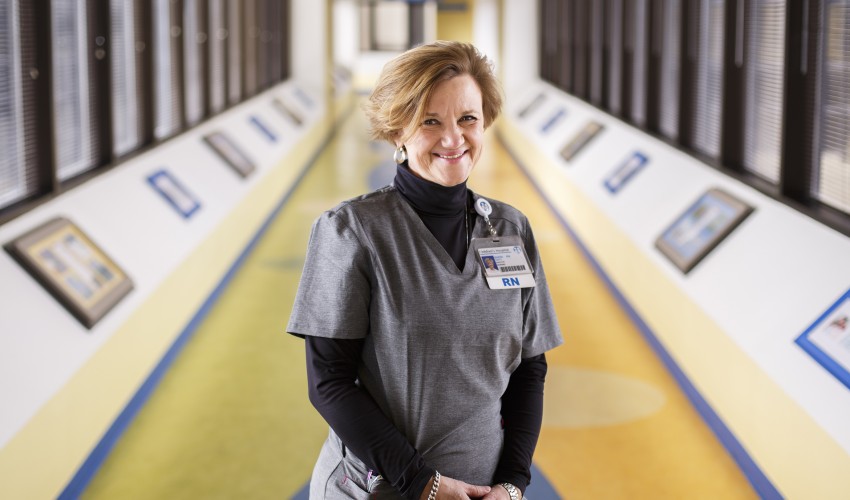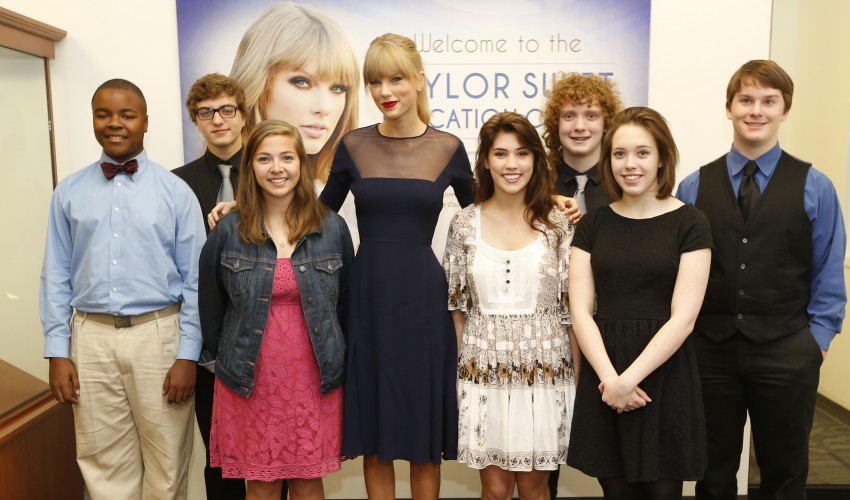When a woman addicted to opioid drugs gets pregnant, her drug use puts the baby at risk for Neonatal Abstinence Syndrome (NAS), a condition that means these babies start life dependent on the substance their mother was taking.
Once deprived of the drug when the umbilical cord is cut, they go into withdrawal almost immediately.
In 2010, the East Tennessee Children’s Hospital started to see more and more NAS babies.
The situation was critical, but there was no widely accepted method of treatment.
The hospital staff researched the issue and created their own protocol that has shown significant success.
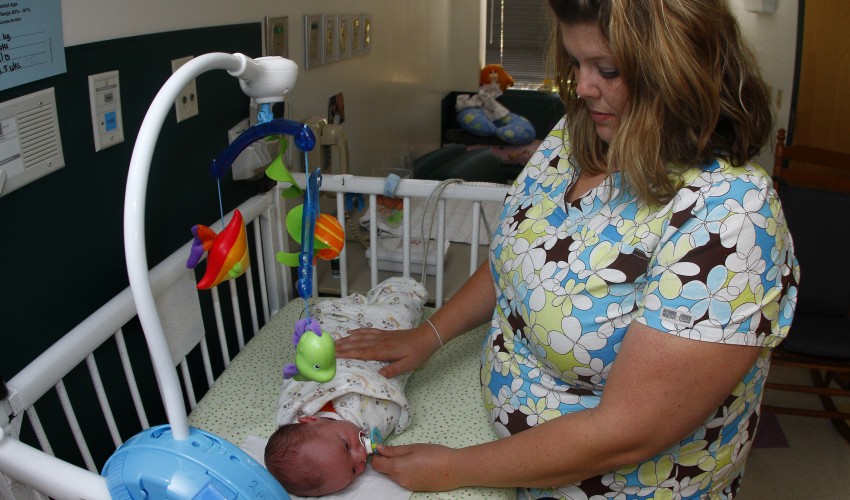
Much to her dismay, the crisis has made Sheri Smith, Nursing Director for Critical Care Services at East Tennessee Children’s Hospital, an expert on NAS.
She regularly speaks to other hospitals that are dealing with their own rising number of dependent babies.
The treatment has to be approached clinically, but Smith always points to the corresponding need for compassion.
She spoke to Better Tennessee about the NAS problem facing Tennessee and how ETCH deals with the tiny patients who suffer with the syndrome.
Q&A with Sheri Smith
BT: What is the biggest misconception about NAS babies?
Smith: The “addicted baby” headline is a misnomer.
One of the things to understand is that babies are not born addicted — they are born dependent.That headline does get attention. But to be addicted means to seek the drug out with no thought process about the consequences. Drug addicts will take drugs rather than eat food or pay their bills. They have to have their fix above all else. Babies have a physical dependence on the drug or drugs their mother took during pregnancy, and react to its absence.
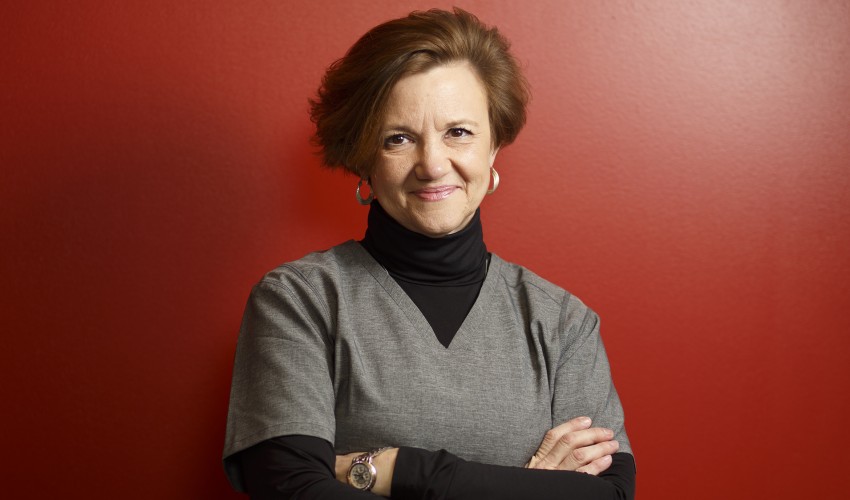
BT: When did you realize the scope of the problem at ETCH?
Smith: I’ve been a NICU nurse for 30 years and I can count on one hand the number of NAS babies I saw in my first 25 years.
In the last five years, we went from no NAS babies to two or three a day, and quickly escalated to 10-12 a day.
BT: How did you approach treatment?
Smith: You have to treat an opioid dependence with an opioid, but there was no established treatment to follow.
Doctors, who also had not seen cases like this, were going back to their medical school training, and each one was different.
There are many drugs to choose from to accomplish weaning — Methadone, Dilute Tincture of Opium (DTO) and Morphine are all commonly used for infants.
Getting all of the doctors in one treatment setting to use the same drug, in the same way, is the key to success.
We had to streamline the care so that everyone was on the same page. We started using morphine for our weaning agent because it gets out of the babies’ systems faster.
At first we gave NAS babies a dose of methadone to wean and then phenobarbital to prevent seizures, transferred them to intensive care and watched for 12-24 hours before discharging them with a plan for weaning them from the drug that went to the pediatrician.
But once out of the hospital, nobody knew how to handle the babies.
And we were sending a baby home with an addict and a bottle of methadone — so we would get calls that ‘the methadone bottle spilled’.
We went back to the drawing board. We decided to wean the babies completely from the drug in the hospital and keep them until they were okay.
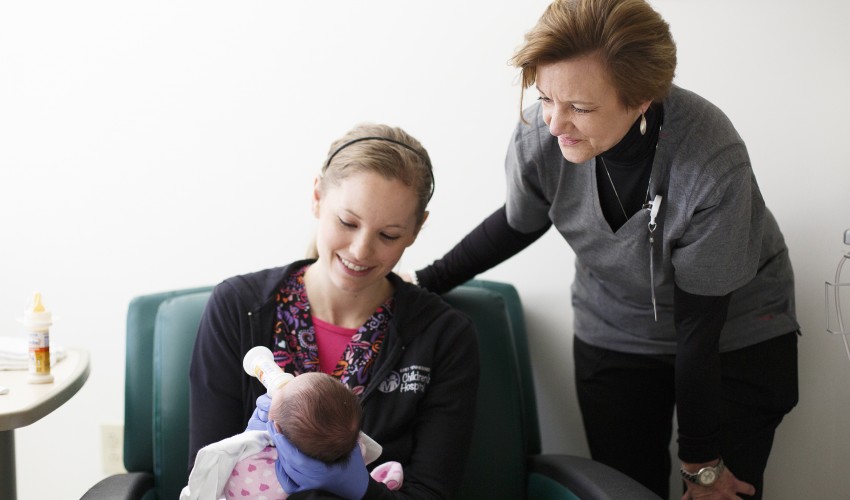

BT: What were the results and reaction to the new protocol?
Smith: The hospital stay went from two days to 180 days.
BlueCross asked to meet with us to see what we were doing and why the stays were so much longer.
It’s natural that the insurance companies would ask about that, but we were concerned about whether they would support us.
We explained what we were doing and why. At the end of the meeting, everyone just asked what they could do to help.
I am eternally grateful that BlueCross requested that meeting because that is when we gained a partner to try to make a difference in these tiny babies’ lives.
From this we also created an intensive outpatient program that helps moms get treatment for their addiction here at ETCH — voluntarily — while their babies are being weaned, thanks to a third partner, Helen Ross McNabb Center, coming to our unit.
And BlueCross supplies dinners four nights a week for these moms while they are in the program.
BT: What have you seen as a result of the new approach to treatment?
Smith: We’ve made a huge change in how we care for the babies and we know what we are doing.
We are watching and honing the protocol, and the average stay is now 17-20 days, which is pretty good.
But the reason we are so good at it is because 35%-50% of babies in the NICU are NAS.
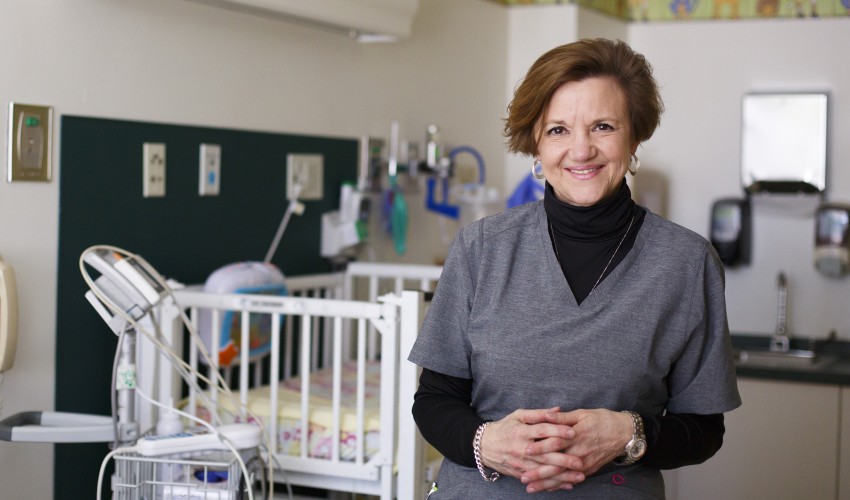
BT: What happens after the baby is weaned from drugs and leaves the hospital?
Smith: We have a class for foster parents in Knoxville and the surrounding areas, so they will understand what they are getting into when they foster a NAS baby.
Our nurses are training in addiction and learning how to communicate with the parents who are addicted.
When you are addicted, you stop developmentally at the age you started your heavy addiction.
So we may be talking to a 35-year-old parent who started taking drugs at 14, and they are basically a 14-year-old walking around in a 35-year-old body.
It can be frustrating trying to explain how to care for a baby to a grown man, and all he wants to do is play video games or watch TV.
Our nurses are learning to understand that this is where he is in his own illness.
BT: How can this problem be prevented?
Smith: It’s not as simple as saying, ‘I have a NAS baby. I will build a NAS Unit and we will all sing Kumbaya, and it will be okay in a minute.’
We are up against a big thing in society, and it is epidemic in our area.
I can get a baby through withdrawal, but I don’t know the long-term effects on the child because nobody does yet.
We have to open our eyes to the problem. We have to take care of the mother.
We need to open up beds in the state to treat them.
And so ETCH helped to launch Born Drug-Free Tennessee, to bring awareness to the issue and educate future mothers.
